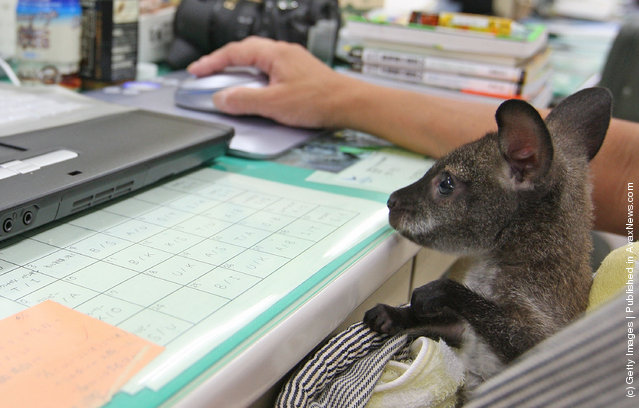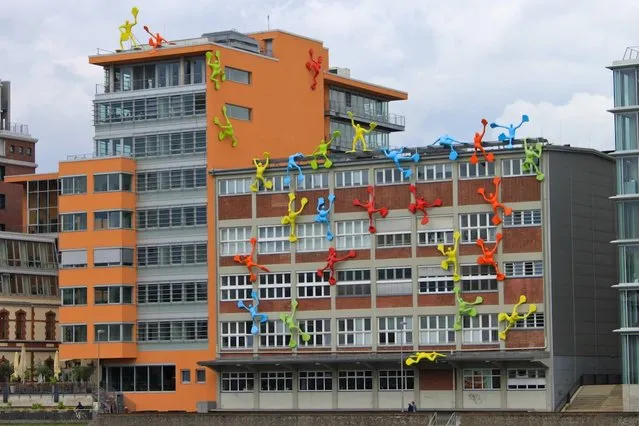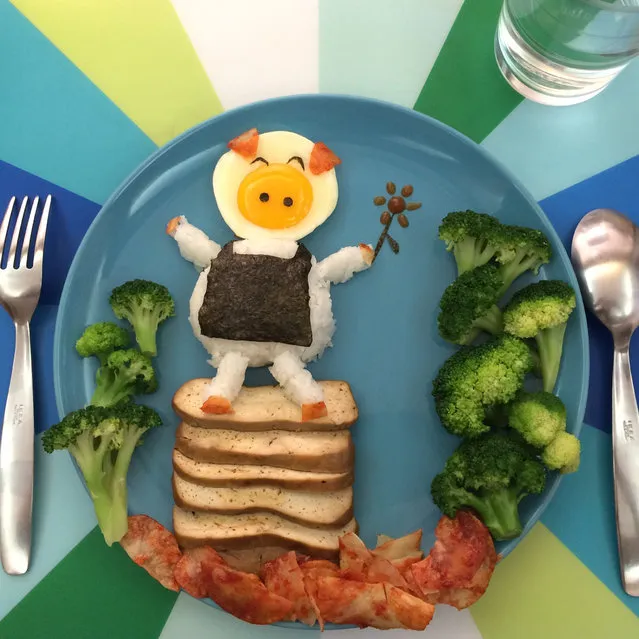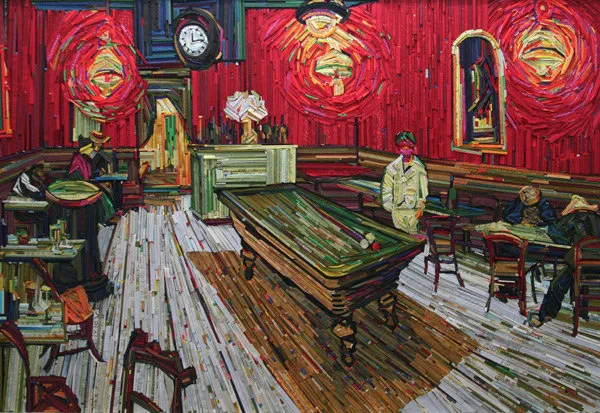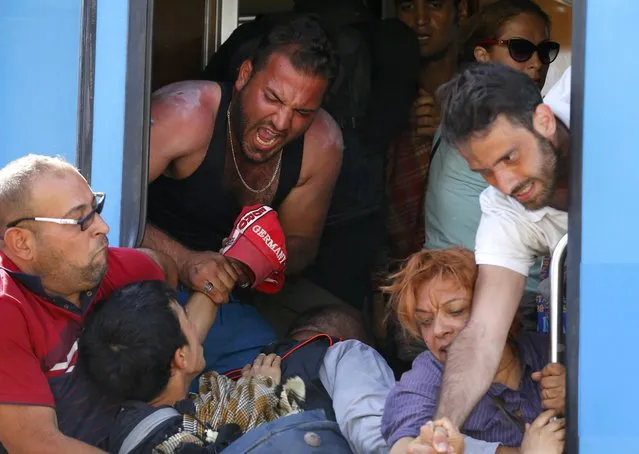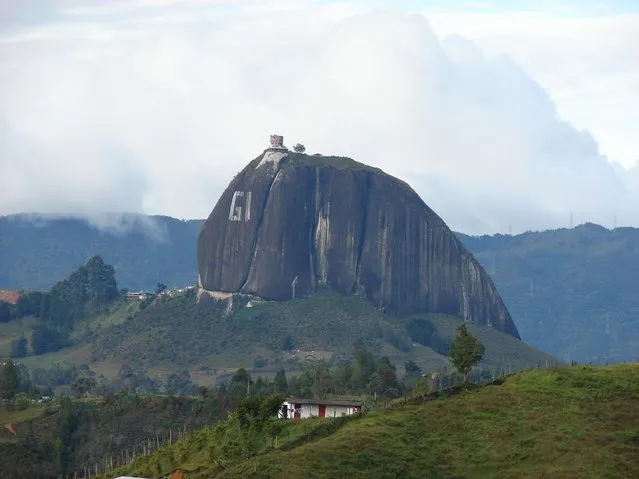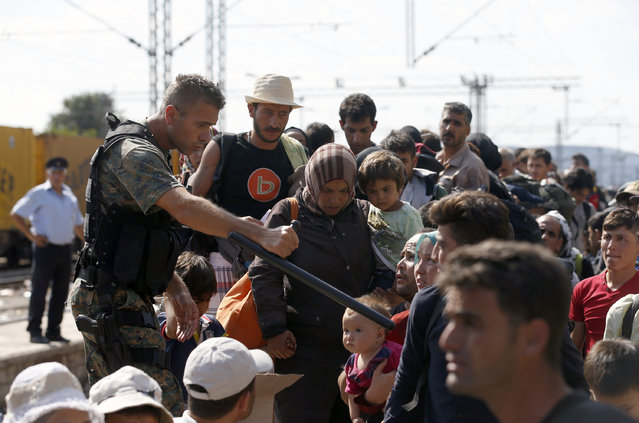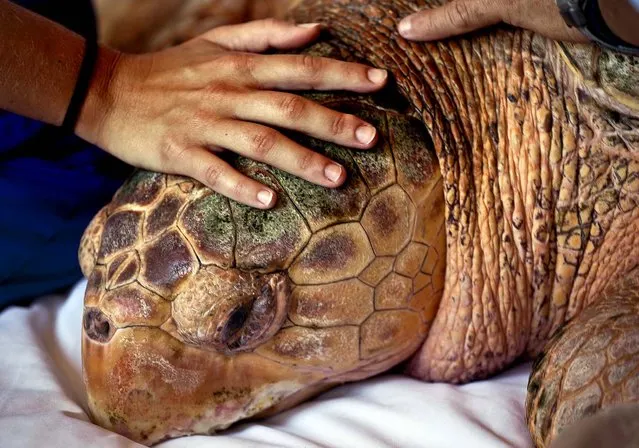
Kahuna, an injured loggerhead turtle, returns to the ocean after years of rehabilitation. It has been two years since Kahuna, a 209-pond loggerhead turtle, was rescued from the wild by biologists at FPL’s St. Lucie Power. Half of one of her flippers had been sliced off, and the other flipper was badly injured. On top of that, she had severe bone infection doctors tried for months to cure with antibiotics, only to have it come back once they stopped the medicine.
Photo: Kahuna is kept calm and steady on the gurney by staff and volunteers.
Photo: Kahuna is kept calm and steady on the gurney by staff and volunteers.
14 Jul 2012 09:24:00,post received
0 comments

